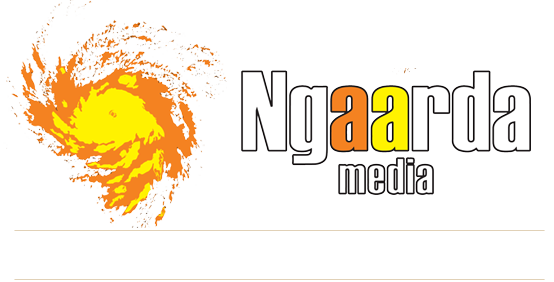ABORIGINAL DISABILITY SUPPORT WORKERS UNDER PRESSURE
Disability advocates believe staff shortages are leading to underutilisation of National Disability Insurance Scheme funding.
BY GERARD MAZZA
A shortage of Indigenous people working in disability support means those who are employed in the field are under immense pressure, according to a former practitioner from the Pilbara.
Kuruma Marthudhunera woman Adrianna Irvine-Stanes said a lack of Indigenous colleagues made disability support work challenging and led to Aboriginal and Torres Strait Islander people with disabilities not getting the support they required.
She said that sometimes, in Karratha where she worked, there would only be one Indigenous person working for a service provider.
“That person can get really drained out, due to the fact that they are Indigenous and can communicate with their own people much better than non-Indigenous people can,” Ms Irvine-Stanes said.
“The organisation will utilise that particular person the majority of the time.”
“Because you build the trust in a relationship with the client, they expect you to be there 24/7, and if you don't have [a colleague] who is also a First Nations person who has that cultural awareness behind them, then you've got no one to actually hand over your client to if you just need a day or two to yourself.”
Ms Irvine-Staines said working with Indigenous clients was rewarding.
“I could speak language around my clients and they’d understand what I was saying,” she said.
“It was a very relaxed environment. It felt like I was still doing my job, but it was it was like taking care of another family member.”
Despite these rewards, she recently decided to leave her job to seek employment outside the sector.
Across Australia, a shortage of workers is making it difficult to ensure support for people taking part in the National Disability Insurance Scheme (NDIS).
According to a Department of Social Services spokesperson, “the Government is aware there are serious challenges around the NDIS workforce, including that around 83,000 additional workers will be required by 2024 to meet demand.”
They said the government is committed to an NDIS workforce strategy, which includes a focus on growing the Aboriginal and Torres Strait Islander workforce.
Ms Irvine-Stanes said Aboriginal and Torres Strait Islander people with disabilities felt comfortable and would seek the support they needed when they had Indigenous support workers.
“You can see it when you’ve got a client who doesn’t have [a support worker] with the cultural sense behind them,” she said.
“You can see there’s a lack of trust within the client. You’ll see them dropping off the radar because they want to work with people who are similar to them.”
The peak body for disability service providers, National Disability Services, says workforce shortages is one factor leading to the underutilisation of NDIS funding.
While Aboriginal and Torres Strait Islander NDIS participants are less likely to fully utilise their funding, it is unclear to what degree this is the case.
A spokesperson for the National Disability Insurance Agency, which administers the NDIS, said that Aboriginal and Torres Strait Islander participants who had completed three NDIS plans were on average utilising 58 per cent of their available funding, as of 30 June 2022.
They did not provide comparable data for non-Indigenous participants in response to Ngaarda Media’s queries.
For Indigenous participants who had completed six or more plans, the utilisation rate was 70 per cent, compared to 73 per cent for non-Indigenous participants.
Related story: NDIS concerns aired in Royal Commission consultations
Related story: Call for more Indigenous disability support workers
Related story: Staff shortages prompt concerns for disability patients in the Pilbara

